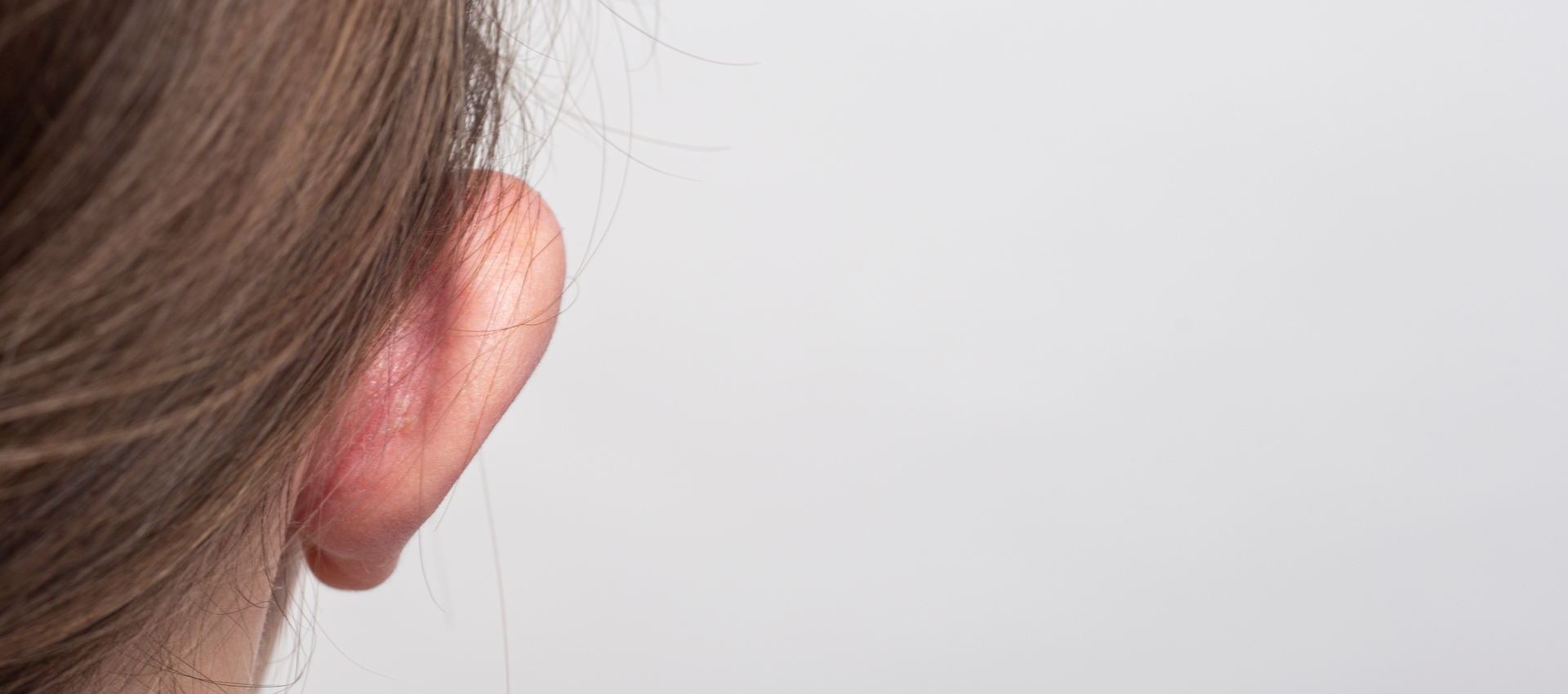Our Treatments

Prominent Ear Surgery (Otoplasty): An Aesthetic Solution for a Natural and Balanced Ear Profile
Protruding ear surgery is a plastic surgery intervention that is generally preferred when the ears protrude significantly. As Silmar Estetica, we offer our patients a natural, balanced and aesthetic ear profile with prominent ear surgery.
What is Otoplasty?
Otoplasty or prominent ear surgery is a surgical procedure that aims to correct the shape, position or size of the auricle. This surgery is generally preferred for aesthetic purposes and can be performed during the development of the ears, especially in childhood.
Service Details
Preliminary Evaluation and Planning: Silmar Estetica’s experts evaluate patients’ wishes and analyze the ear structure. A personalized surgical plan is created in accordance with the patient’s natural structure.
Surgical Process: Otoplasty surgery is usually performed under local or general anesthesia. The surgeon applies certain techniques to correct the shape of the auricle. The surgery usually takes a few hours.
Recovery and Aftercare: The recovery process is individual, but generally patients can return to normal activities within a few days. Mild swelling and bruising may occur in the postoperative period, but they will decrease over time.
Benefits and Results
Protruding ear surgery aims to provide a natural appearance and balance.
Aesthetic corrections can increase patients’ self-confidence.
The surgery is usually completed in a short time and offers permanent results.
Prominent ear surgery is one of Silmar Estetica’s plastic surgery services. For a natural and balanced ear profile, our experts offer personalized solutions to meet patients’ expectations.
Any questions you may have here.
Protruding ear surgery may be preferred when the ears protrude significantly or are deformed. It can generally be applied for aesthetic purposes and during childhood.
Otoplasty can usually be performed under local anesthesia. However, in some cases, general anesthesia may be preferred depending on the preference of the surgeon and the patient.
The recovery process is individual, but generally patients can return to normal activities within a few days. It is important to limit physical contact and strenuous exercises for the period recommended by your surgeon.
Stitches are usually removed within a few weeks and the scars will fade over time. The recovery process may vary depending on personal factors. Attentive care and compliance with your surgeon’s recommendations can accelerate this process.




